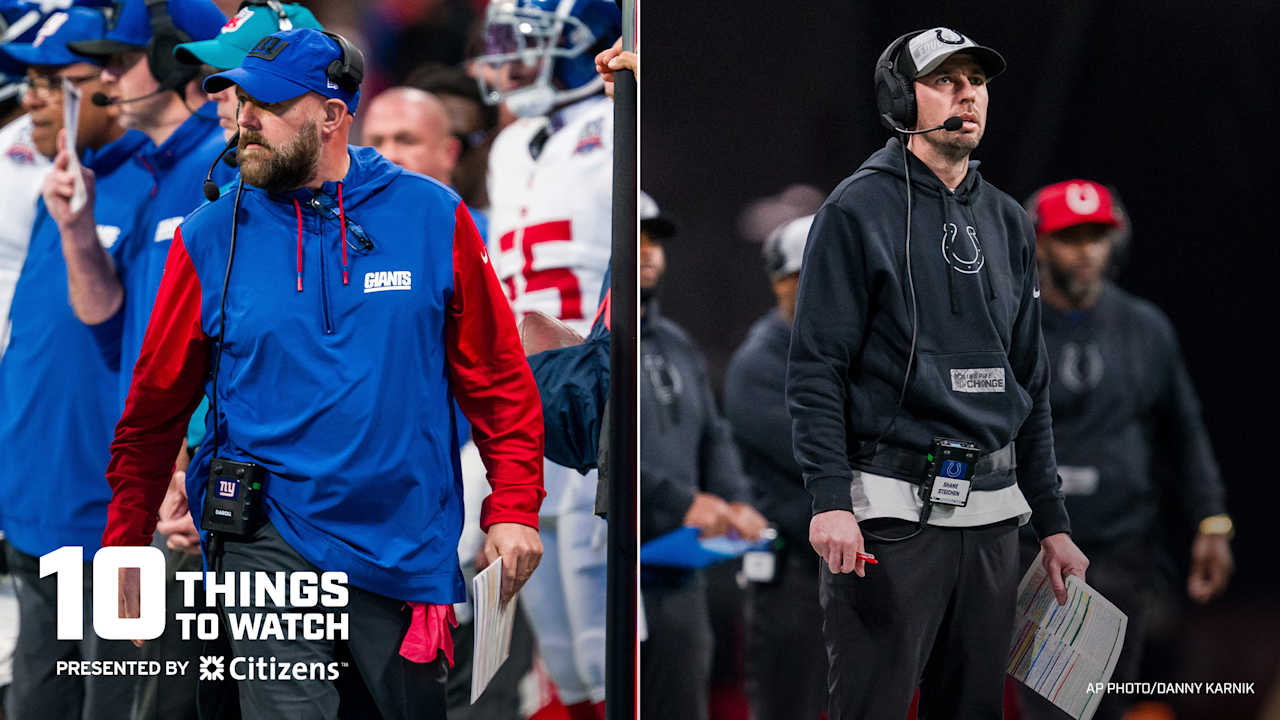Infra
NYC’s record-high summer temps will continue to wreak havoc for commuters, experts say

New Yorkers who rely on public transit, major highways and bridges to get around can expect more delays to their daily commutes as the city continues to confront record-breaking temperatures, multiple experts said on Tuesday.
The city experienced its first heat wave of the summer in mid-June, marking the beginning of what some weather experts warned will be a historically hot period. Within days, NJ Transit and Amtrak riders spent hours waiting at Penn Station on multiple occasions due to stalled trains due to heat-related incidents. The chaos continued this week, when high temperatures on Monday left the Third Avenue Bridge connecting Manhattan to the Bronx stuck open, halting rush-hour traffic until 6:30 p.m.
Clinton J. Andrews, director of the Center for Urban Policy Research at Rutgers University, said these incidents will become a more common occurrence if not addressed, pointing to a larger issue with the city’s infrastructure.
“What this summer experience has told me is that we are chronically underinvesting in our infrastructure and we don’t maintain the capacity to handle these adverse events and we probably can’t quite afford to maintain the many track miles that we are blessed with,” he said in an interview on Tuesday.
However, an official with the city’s transportation department said what occurred with the Third Avenue Bridge was a “rarity.”
“On hot days, steel expansion is a natural occurrence, and movable bridges occasionally have difficulties opening or closing,” DOT spokesperson Vincent Barone said in an email.
Barone said the DOT would continue to regularly inspect bridges in the future to try and prevent them from becoming stuck like the Third Avenue Bridge did on Monday.
But Andrews said he thinks the city needs to do a better job of addressing problems as they occur – and the prevalence of these emergencies may suggest a lack of preventative action.
Andrews said the city needs to not only address these problems as they occur – but look at the systemic issues leading to these mishaps, and figure out the best ways to prevent them in the future.
“In the short run, yes, heat expansion can affect the performance of infrastructure,” he said. “But the preventative maintenance that could have been done to reduce that could not have been done.”
Mona Hemmati, a postdoctoral research scientist at Columbia University’s Climate School, also said the city needs to take a more preventative approach.
“This might include installing heat-resistant materials, expanding maintenance schedules to include heat and stress assessments and implementing real-time monitoring systems could help us detect and address the overheating risk promptly so we can prevent these mechanical failures,” she said.
It would help rectify “old, pragmatic assumptions” apparent in the city’s current transportation infrastructure, Hemmati said.
New Jersey’s entire congressional delegation has begun imploring the federal government to investigate repeated issues with NJ Transit and Amtrak after this summer’s stalling, while the heads of both transit organizations promised to increase inspections going forward.
While New York experienced less than one heat wave every year on average between 2000 and 2004, it is now projected to experience up to eight heat waves per year in certain parts of the state, according to the state Department of Environmental Conservation. The number of days with temperatures exceeding 90 degrees Fahrenheit is also expected to continue increasing.
This story has been updated with new information.










